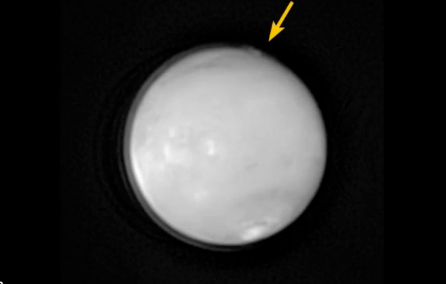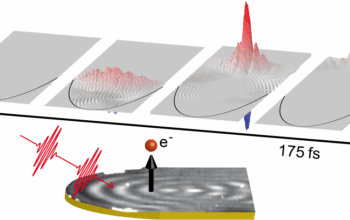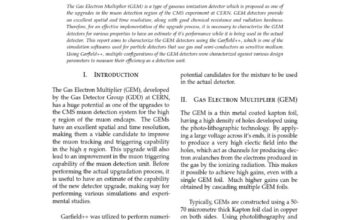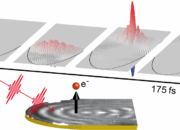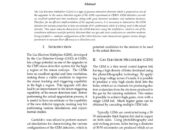Cosmic phenomena, with their enigmas and extravagances, perpetually astonish humanity. One particularly beguiling mystery has emerged among the infinite vastness of the cosmos: the existence of free-floating diamond dust. This peculiar substance intrigues astronomers and physicists alike, evoking images akin to celestial treasure drifting silently through the cosmic ocean. These shimmering particles challenge existing paradigms and invoke a sense of wonder and inquiry into the fundamental processes that govern our universe.
The genesis of such idyllic formations of diamond dust transcends traditional astronomical understanding. In the cosmic crucible of stellar environments, the formation of diamonds transpires under extreme conditions. Herein lies the gravitational pull of massive stars undergoing violent stages of evolution and eventual extinction, exploding into supernovae, casting their remnants across interstellar spaces. These stellar cemeteries enrich the surrounding dust clouds with carbon-based materials, which, under the right conditions of pressure and temperature, can crystallize into diamond structures. These free-floating diamonds can be likened to cosmic pearls, scattered amidst the vast sands of a celestial beach.
As astronomers extend their vigilant gaze across the cosmos, the discovery of diamond dust has evoked perplexing questions. Observations made through advanced telescopes unveil these magnificent particles floating independently, divorced from their stellar origins. Unlike traditional cosmic dust composed of silicates and metal oxides, diamond dust possesses unique optical properties that reflect and refract light in remarkable manners. The contrast between ordinary cosmic dust and diamond represents not merely a variation in composition, but rather a profound narrative in the formation and lifecycle of celestial bodies.
To comprehend the implications of this discovery, it is essential to examine the context within which these diamonds exist. The search for free-floating diamond dust is not merely an examination of shimmering particles; it forms part of a broader inquiry into dark matter and the elusive nature of cosmic structures. Dark matter, posited to constitute approximately 27% of the universe’s mass-energy content, remains a mysterious entity. The presence of diamond dust could offer insights into the distribution of matter across the cosmos and could redefine our understanding of gravitational forces and the interplay of light.
The presence of free-floating diamond particles challenges contemporary models of cosmology. Traditional theories postulate that dust grains aggregate through friction and collisional processes within the dense environments of protostellar disks. The emergence of isolated diamond dust suggests alternative pathways for their formation—a concept that may necessitate a paradigm shift. This contention of origin is reminiscent of a philosophical quandary: if diamonds can flourish in the void, what else might lie undiscovered within the constraints of our understanding? The intellectual pursuit of this question fuels scientific inquiry and nurtures the flame of curiosity.
The methodology adopted in probing these cosmic wonders merits reflection. Employing sophisticated observational techniques, astronomers harness infra-red wavelengths and multi-spectral imaging, hoping to decode the nature of these scintillating particles. Each observation is not merely a capture of light but an entreaty to the cosmos—as if we stand before a locked door, initiating dialogue with the universe through the lens of our inquiries. In navigating through these spectral signatures, researchers are akin to modern-day alchemists striving to transmute ethereal elements into corporeal understanding.
In parallel to the scientific pursuit, the culture surrounding the fascination with cosmic phenomena cannot be overlooked. As these free-floating diamonds dazzle, they ignite a sense of romance associated with the universe’s vastness and the ephemerality of existence. Aesthetic appreciation merges with the scientific, where the visual spectacle of sparkling diamond dust becomes emblematic of broader existential themes. The diamonds drift amidst the cosmic void, ephemeral yet effulgent, serving as a reminder of the beauty inherent in decay and the continuous cycle of creation and destruction.
This intersection of art and science invites a spectrum of interpretations. The metaphor of diamonds in the sky suggests notions of aspiration and unobtainable beauty—a symbolic representation of the human condition within the expanses of the universe. Just as diamonds are forged from the pressures of the earth, perhaps cosmic mysteries require a different kind of pressure to be unveiled. The exploration of free-floating diamond dust calls to mind the tension between knowledge and the unknown, the search for clarity within the nebulous realms of possibility.
As humanity stands upon the threshold of knowledge, gazing into the indelible tapestry of time and space, the enigmatic allure of diamond dust prompts a collective reckoning with our place in the universe. What do these luminous specks tell us about the stellar cycles that define existence? How can the presence of such seemingly trivial particles influence our understanding of cosmic scale? The diamond dust proposes a narrative that underscores the intrinsic connection between creation and annihilation, and its manifestations ripple through the fabric of cosmic history.
In conclusion, the phenomenon of free-floating diamond dust not only captivates the imagination of astronomers and the general public alike but also serves as a profound metaphor for the search for meaning in an ever-expanding universe. Each particle, each glimmer in the void, beckons a deeper exploration of the celestial mechanics shaping our reality. As scholars and enthusiasts unravel this mystery, one truth remains discernible: the cosmos, in all its complexity, continues to inspire wonder and inquiry, illuminating the path toward greater understanding of our remarkable universe.
